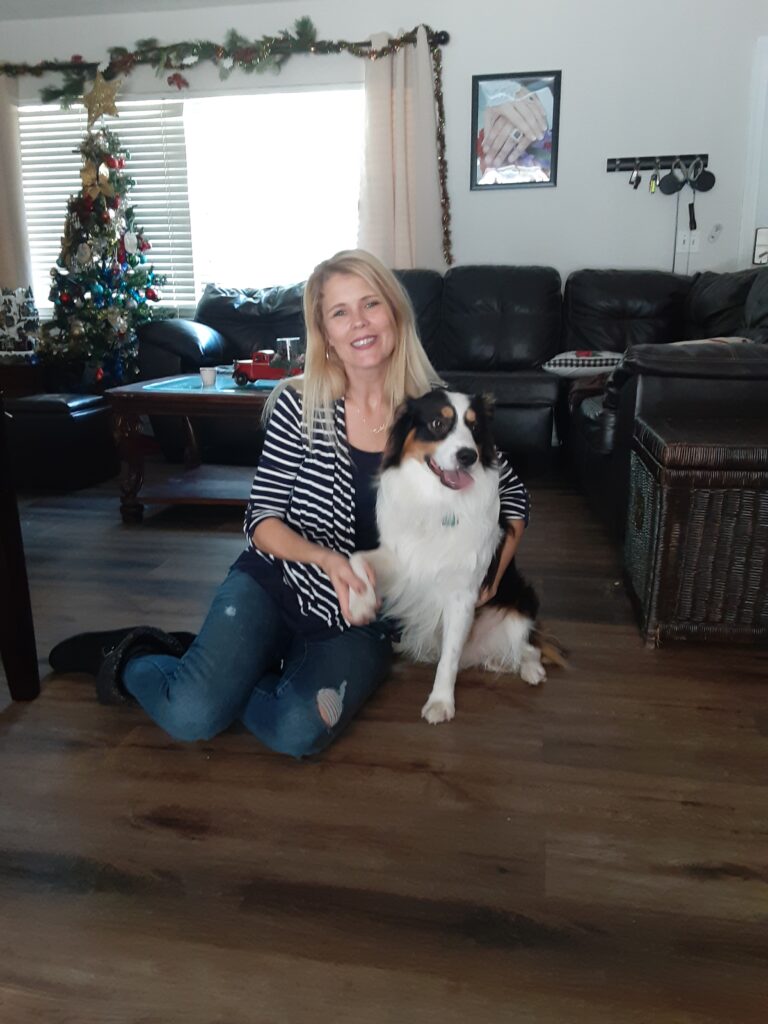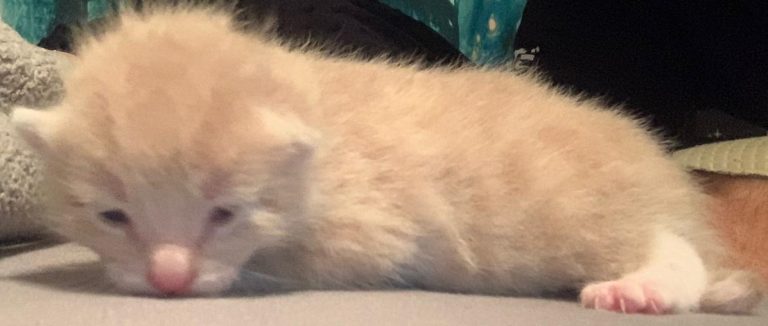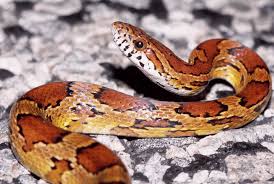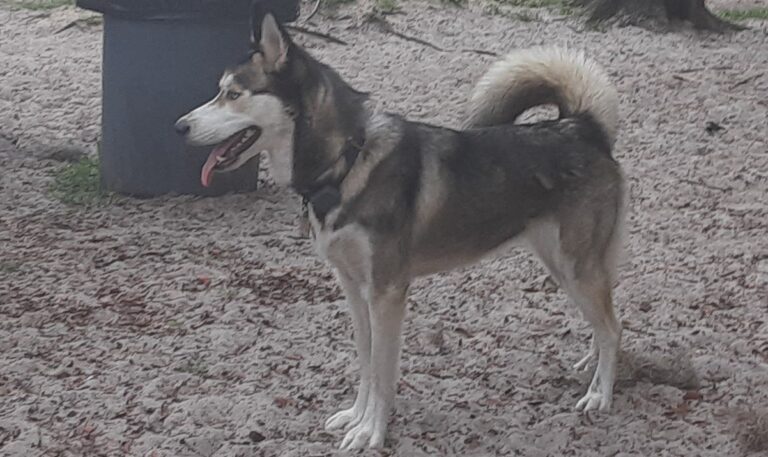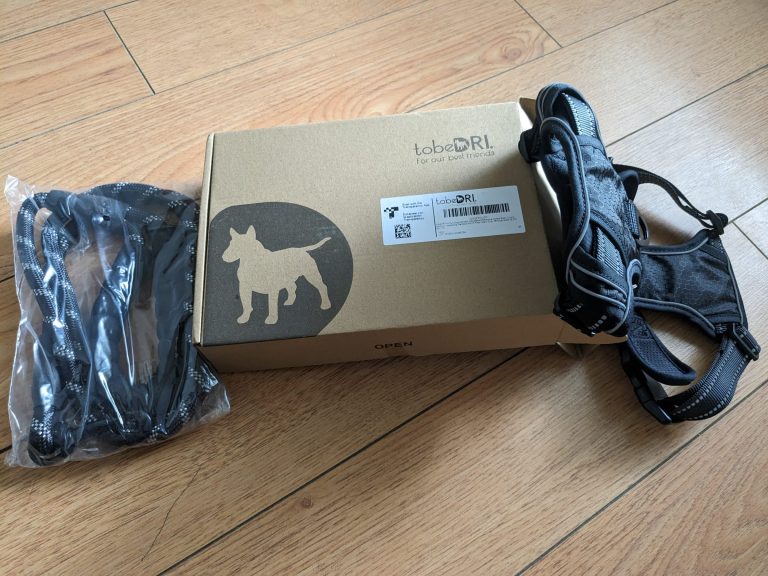How to Store Pet Food Properly to Maintain Freshness and Quality?
Are you tired of discovering stale or spoiled pet food when it’s time to serve your furry friends? Proper storage is key to maintaining the freshness and quality of your pets’ food.
In this blog post, we’ll share some useful tips on how to store pet food effectively so that it stays fresh and nutritious for longer. From picking the right containers to avoiding common storage mistakes, we’ve got everything covered. So if you want to ensure that your pets enjoy healthy and delicious meals every day, keep reading!
How to Store Pet Food Properly
To properly store pet food, follow these guidelines:
- Keep food covered and out of direct sunlight. This will help to maintain freshness and quality.
- Store in an opaque or sealed container. This will help prevent moisture from becoming trapped and leading to spoilage.
- Store in a cool, dry place where temperatures remain between 40 degrees Fahrenheit and 80 degrees Fahrenheit.
- Check food for spoilage regularly and discard any that exhibits signs of deterioration, such as mold or an unidentified odor.
Extra Tips for Storing Pet Food Properly
Here are a few additional tips to help you properly store your pet’s food:
- Make sure your pet has enough water, and do not overfeed them. Overfeeding can lead to obesity and other health problems.
- Keep pet food out of reach of young children. They may try to eat it or spread–contaminated food around the home.
- If you are going away on vacation and will not be able to take your pet with you, make sure to pack enough food and water for them.
- If your pet is a diabetic, make sure to check the package labels for added sugars and carbohydrates. These can be harmful if not carefully controlled by the pet’s owner.
- If your pet is a senior, be sure to provide them with food that is low in sugar and high in nutrients to help keep their immune system functioning properly.
Why a Pet Needs Fresh Food?
Pets need fresh food for several reasons:
Nutritional value: Fresh food contains more nutrients and is more easily digestible than processed or canned food. The longer food is stored or processed, the more it loses its nutritional value. By feeding your pet fresh food, you’re providing them with the essential nutrients they need to stay healthy.
Hydration: Fresh food contains a higher water content than processed or canned food. This is especially important for pets that may not drink enough water on their own, such as cats. By feeding your pet fresh food, you’re helping to keep them hydrated and prevent dehydration.
Variety: Just like humans, pets can get bored with eating the same thing every day. By offering fresh food, you can add variety to your pet’s diet and keep them interested in mealtime.
Dental health: Chewing on fresh food can help to clean your pet’s teeth and prevent dental issues such as tartar buildup and gum disease.
Stronger immune system: Fresh food contains antioxidants and other nutrients that can help strengthen a pet’s immune system and reduce the risk of illness.
Better mental health: Offering fresh food can help stimulate a pet’s senses and provide mental stimulation, which can improve their overall well-being and reduce stress.
Improved coat and skin health: Fresh food can provide the essential fatty acids and other nutrients that pets need for healthy skin and a shiny coat.
Longevity: A diet that includes fresh, whole foods can help increase a pet’s lifespan by reducing the risk of chronic diseases and promoting overall health and well-being.
Tips for Fresh Pet Food
When it comes to storing your pet’s food, the most important thing is to make sure the food remains fresh and free from contaminants. Here are a few tips to help you keep your pet’s food fresh:
- Keep pet food in an airtight container. This will help preserve the food’s flavor and nutritional value.
- Keep stored pet food away from moisture and heat sources. These elements can hasten the onset of spoilage.
- Check stored pet food for proper expiration dates or use-by dates to ensure that the food is still safe to eat. If you see any indications of spoilage, do not feed the food to your pets!
- Pets should always have access to fresh water in addition to their stored pet food, as both can become contaminated if left unguarded.
- If you notice any changes in your pet’s behavior or health while they are eating their stored food, discontinue feeding it immediately and contact your veterinarian.
Remember to always feed your pets food that is of the best quality and freshness for their specific needs.
Storage Guidelines for Raw Feeding Pets
With so many pet owners feeding their furry friends raw food diets, it is important to have a good understanding of how to store pet food properly to maintain freshness and quality.
When feeding your pet a raw diet, try to follow these guidelines:
- Store pet food in an opaque container or sealable bag to protect it from light and spoilage.
- Store pet food in a cool, dry place where the temperature remains between 41-75 degrees Fahrenheit. Extreme heat or cold can cause food poisoning in pets.
- Make sure to rotate your pet’s food supply regularly, throwing out old food and replacing it with fresh ingredients every four weeks.
- Discard any food that has entered the pet’s system in an unusual way (e.g., vomit, diarrhea), or if the food appears to be spoiled.
- Always read and follow the food label instructions carefully when choosing a pet food.
Guidelines for Canned Feeding Pets

There are specific guidelines you should follow when storing pet food to help ensure the freshness and quality of your pet’s meal. Follow these tips to keep your pets fed without having to worry about food spoilage or adverse reaction.
Store pet food in airtight containers: Most canned foods are moisture-free and will stay fresh for up to four months if stored in an airtight container in a cool, dry place. Consider using glass or Lock & Lock containers if space is limited.
Fermenting pet food: If you choose to store pet food in a sealed container, consider fermenting it first by placing it in a warm, moist place (like our kitchen cabinets) for two weeks. This will help break down any starch content and make the food more digestible. Make sure to discard any food that smells sour or has mold on it.
Freeze excess pet food: If you have too much of a particular type of animal feed stored on hand, freeze it rather than canning or storing it in an airtight container. This way, you’ll always have enough food on hand without having to purchase new supplies every few months.
If you have any questions about storing pet food, please contact your veterinarian.
Please follow these tips to help ensure the freshness and quality of your pet’s meal.
Pet food that should not be stored
There are certain types of pet food that should not be stored or should be stored with special considerations, including:
Wet pet food: Wet pet food should not be stored at room temperature for long periods of time. Once opened, it should be refrigerated and used within a few days. Any leftover food that is not eaten within this time frame should be discarded.
Homemade pet food: Homemade pet food should also be stored carefully. It should be stored in the refrigerator or freezer, depending on how long it will be kept. It’s important to follow proper food safety guidelines when preparing and storing homemade pet food.
Raw pet food: Raw pet food should also be stored carefully to prevent the growth of harmful bacteria. It should be stored in the refrigerator or freezer until it is ready to be served. Any leftover food that is not eaten should be discarded.
Opened dry pet food: Once opened, dry pet food should be stored in an airtight container to prevent exposure to air and moisture. This can help prevent the food from becoming stale or rancid. It’s also important to follow the manufacturer’s instructions for storage.
Overall, it’s important to store pet food properly to ensure that it remains fresh and safe for consumption. Be sure to check the label for any specific storage instructions and follow them carefully.
Conclusion
There are a few things you can do to keep your pet’s food fresh and of high quality. First, make sure to store food in an accessible area so your pets can get to it easily. Second, keep the food sealed tightly in its packaging so moisture isn’t able to seep in and spoil it. Third, make sure you feed your pet according to their specific calorie requirements – some pets need more food than others based on their activity level or size. Finally, regularly rotate the food so all of the ingredients are new and exciting for your pet!



